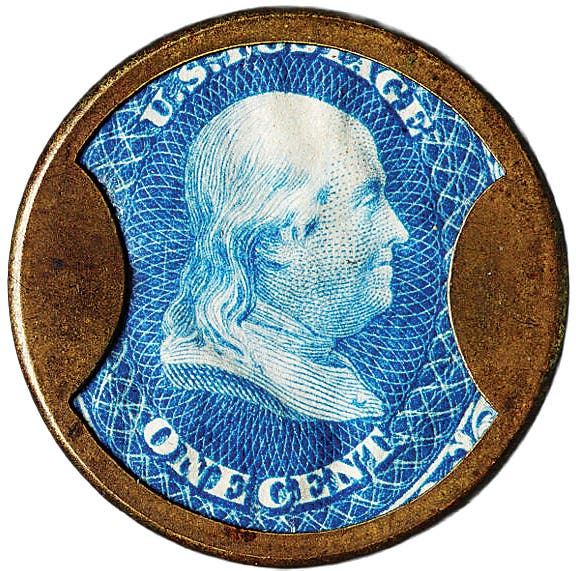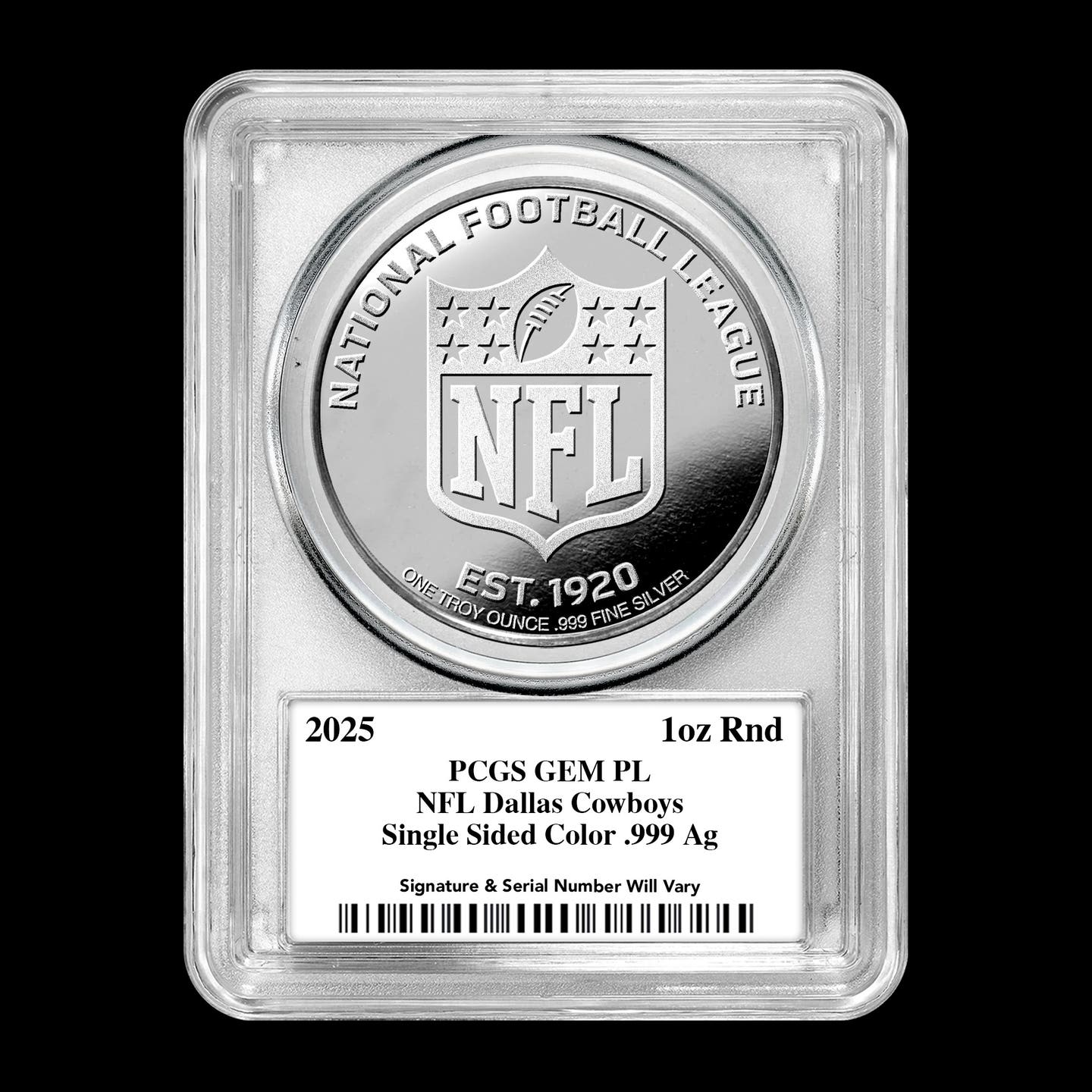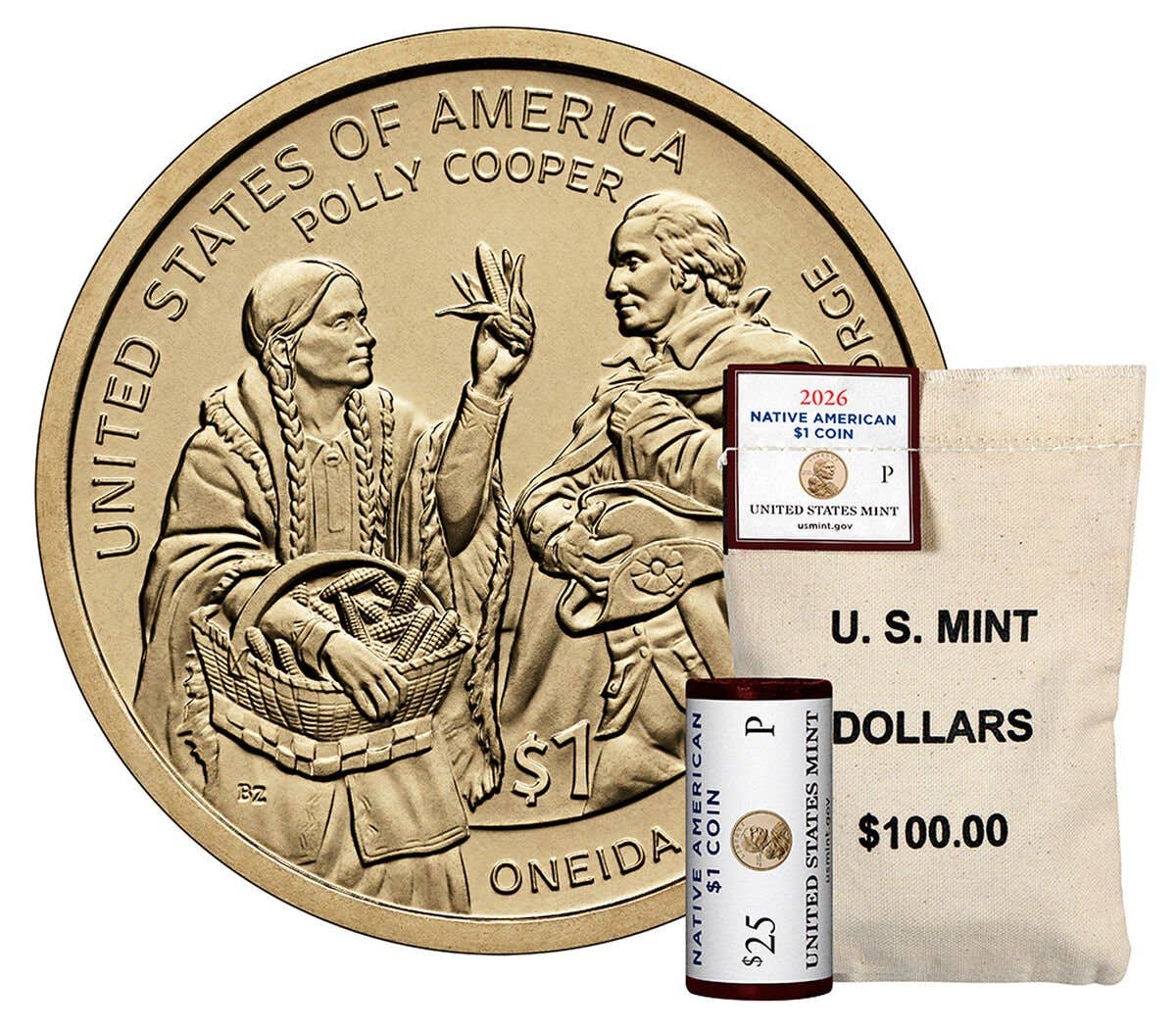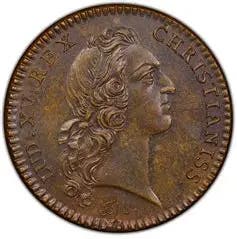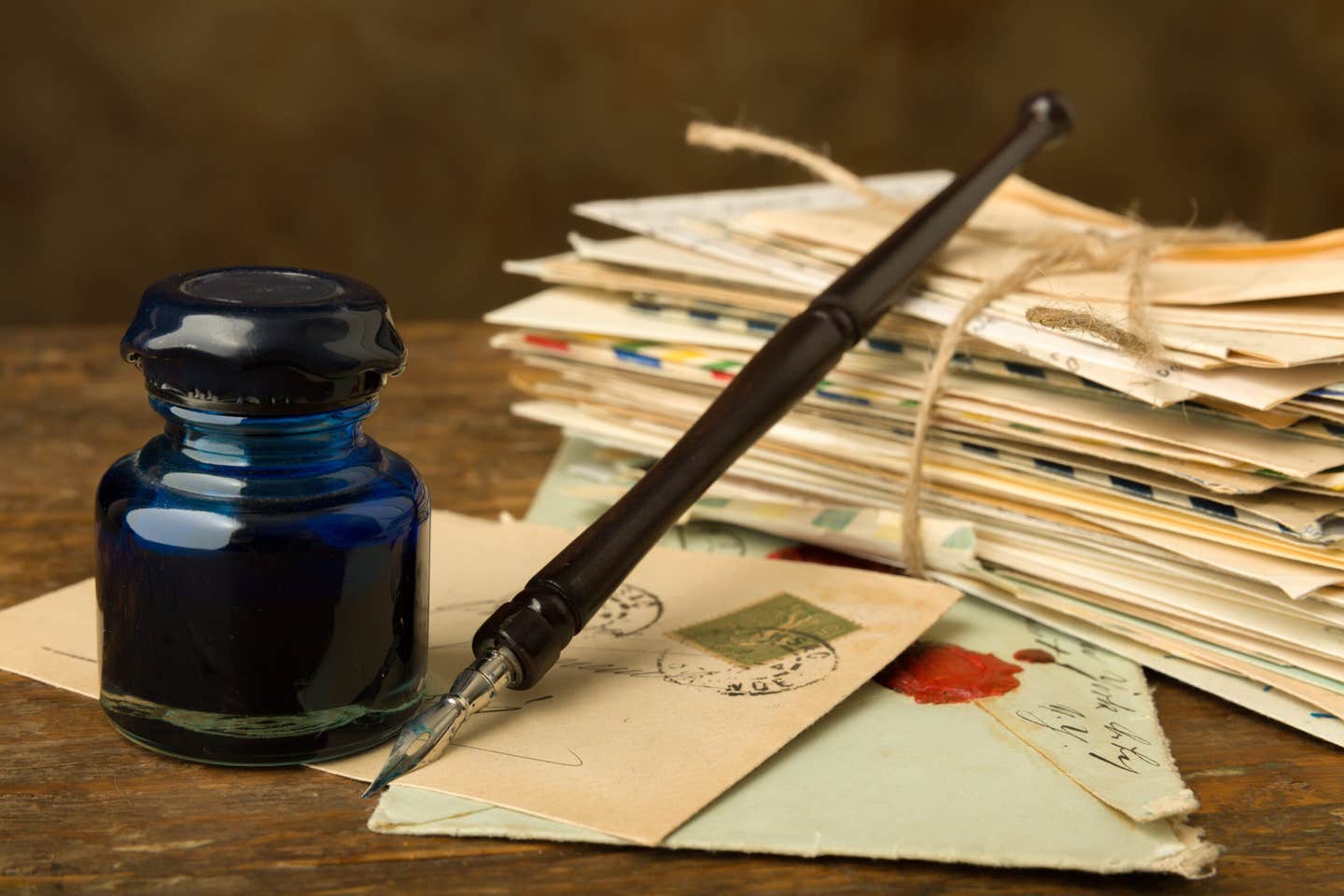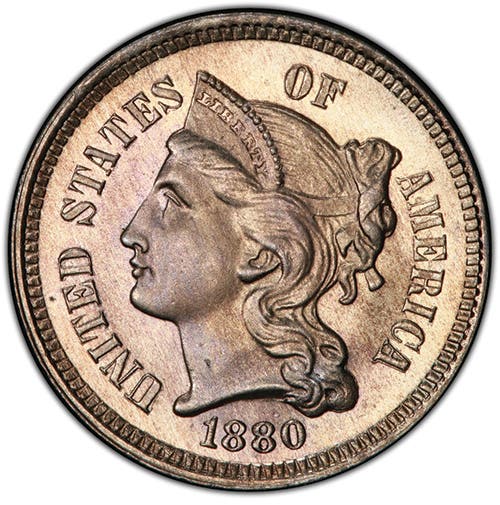Undervalued Beauties in Different U.S. Coin Series
Mercury dimes, Washington quarters, Barber half dollars are among sleeper coins worthy of being added to collections.
Virtually every collector wants to find some good buys, real sleepers, when building his or her collection. That desire often leads us down the road to looking for coins that have low price tags, and that we think will jump up in price in the future. And while that frugal collector living in all of us has a good point, sometimes the undervalued coins are lurking where we least expect them. Let’s take at least a brief glance at several United States coins series and see if we can point out some undervalued pieces within them. Then we’ll see if they qualify as sleepers. Importantly, as we get into this, we’re going to focus on an unexpected group, the proofs.
Mercury Dimes
The United States Mint produced a series of proof sets from 1936 – 1942 but did so in small enough quantities that all of the coins in them can be considered rare today. In those proof sets were Lincoln cents, Buffalo, then Jefferson nickels, Mercury dimes, Washington quarters, and Walking Liberty half dollars. Over time, most of these sets have been broken up, making it easier to collect a single piece from any one of them. The first year, 1936, the Mint only produced 4,130 sets, which is a tiny number by any collector’s measure. By 1942, production had ramped up to 22,329, which is still small, but certainly a move in the right direction. And though that latter number sounds big compared to the first, when it comes to Mercury dimes it’s still tiny compared to the number of circulating pieces produced that year – over 205 million at the main facility in Philly alone.
What is also rather tiny when we make some comparisons, are the price tags for the latter few dates in this short series. Let’s throw a number on the table first – $200. That may not be pocket change, but when we think that we are talking about a proof dime from a classic series, and that there are no more than 22,329 of them from which to choose, that price suddenly appears to be pretty good. To add a bit of icing to this cake, not only the 1942, but the 1941 and even the 1940 cost about the same. And the mintage of the 1940 is down there at only 11,827 proofs. Clearly, we have three undervalued Mercury dimes here, any of which could become the crown jewel of a collection.
Roosevelt Dimes
The just-mentioned proof coin program went into a long sleep starting in 1943 but came back to life in 1950. By then the design on our dimes had changed to the portrait of our thirty-second president, the man who had given everything he had to get us through the Second World War, Mr. Franklin Delano Roosevelt. And while we have had proof Roosevelt dimes almost every single year since 1950, the first few years of this program saw small enough mintages that they too qualify as undervalued. The first year tallied up a total of only 51,386 proofs produced; and today one of these rare pieces will cost only about $50 in a grade like PF-65. The 1953, with a total output of 128,800 coins, can be had today in a grade as high as PF-67 for a bit less than $50. A second time then it seems that we have some proof dimes which cost far less than one might imagine.
Barber Quarters
Stepping both back in time and up in denomination, we get to the Barber quarters. This is a series that stays in the shadows for long periods of time, especially when compared to their younger siblings, the Standing Liberty quarters. But there were proofs made almost every year that the Barber design graced our silver coinage; and the numbers for these proofs are even smaller than what we have just seen for the dimes. The 1892, for example, had a proof total of only 1,245 pieces – and that is the most common of all the years up to 1915. Undoubtedly, these are extremely rare proofs, and we might think they will always be furiously expensive. But a glance through any price list in Coins or its sister publication Numismatic News indicates that a PF-64 specimen of any date costs just less than a thousand dollars.
Now let’s pause for a moment and think about the price of that twenty-five cent piece and of all these Barber proofs. Few of us would claim that a $1K outlay for any quarter, whether it is a proof or not, qualifies it as undervalued. Yet each of these proof Barber quarters was made in such small quantities that they all basically qualify as a super rarity. Landing even one of these would be an amazing feat and be a fantastic addition to any collection.
Washington Quarters
Sticking with quarters for a bit longer, the proof Washington quarters encompass the 1936 to 1942 years that we mentioned when discussing Mercury dimes, as well as the more modern series which started in 1950. Here too we have small mintages that happily remained coupled to small prices. For only about $150 we might be able to land a 1940, a ’41, or a ’42 quarter in a grade such as PF-65. Jumping to the newer dates means we will only have to spend about $50 for any of the proofs of the early 1950’s. Yes, only $50. Once again it seems that we have found a string of proofs, this time twenty-five cent pieces, that are priced far below where they ought to be.
Barber Half Dollars
While ten-cent and twenty-five cent pieces might be too small for the tastes and collecting interests of some, it’s hard to make the claim that any of the half dollars are too small to be of interest. So, going back to the Barber design a second time, and looking at the proofs among this biggest sibling in the Barber family, we find that every date in this series has a few proofs, and that each of these proofs’ costs about $1,600 as a PF-64 specimen. This is the biggest price tag we have run into thus far; and it might be more than we want to spend. But look what it gets us.
Walking Liberty Half Dollars
If the cost of a Barber half is too much for your comfort, no matter how you look at it, why not take a peek at the proofs among the Walking Liberty half dollars? Of all the undervalued pieces we have looked at, this might seem like the least obvious, simply because of the amount of hype that high-end coins in this series receives. Numerous big-name auctions that include some high-end silver dollars or half dollars will have a superb Walking Liberty half or two nestled among the treasures. Yet among the proofs produced in those seven years from 1936 to 1942, the last four years are all listed as costing about $500 each in a grade such as PF-64 or even PF-65. It’s fair to say this is an amazing price for an amazing coin.
Franklin Half Dollars
The last half dollars we’ll look at, and indeed the last of all the proofs we’ll include in our treasure chest of undervalued proofs, are the proof Franklin half dollars of the early 1950’s. The numbers of them that exist are the same as those from the Washington quarters and Roosevelt dimes for those years. And if the price tags for the previous two half dollar designs were both too high, well, how about something as low as $150 for a PF-65 example of a 1953 Franklin half? It’s hard to imagine spending less than that for a proof fifty-cent piece that qualifies as the best of the best.
Sleepers?
All wrapped up into one package, it appears that there are plenty of undervalued proof coins within the broad range of United States coinage. Whether they qualify as sleepers or not is any collector’s guess, since we don’t know if they will rise in value soon or remain more or less where they are for decades still to come. The reasons why they move or don’t will probably always be a matter of debate. What is not at all debatable is that they were often made in very small numbers, always are beautiful, and today all cost far less than one might expect. Oh, and all of them can become the centerpiece of a winning collection.




